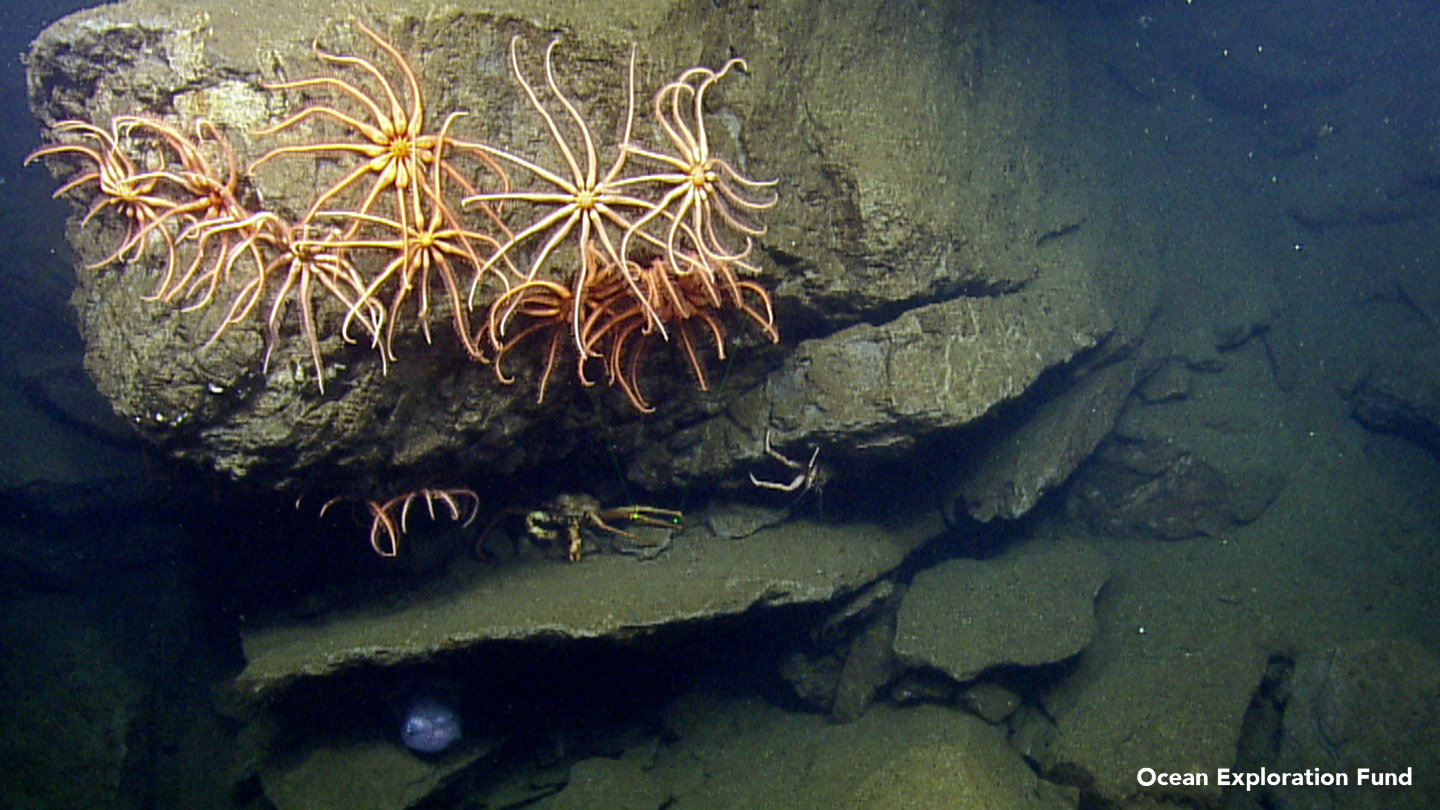Methodology

Type of educational intervention: Methodology and teaching resources with or without technology
The educational intervention type includes the role of dialogue in science and scientific literacy (Ash, 2004). The methods and teaching resources will be integrated into the cognitive, socio-emotional, and behavioral learning objectives the scientific, geographical, gender equity, values, cultural and sustainability perspectives of Sustainable Development Goal 14 (SDG-14) life below water in the cross-cutting SDGs.; and within the 7 UNESCO-Ocean Literacy defined axes listed below:
- Planet Earth has one large ocean with many characteristics
- The ocean and ocean life define the planet
- The ocean has a great influence on climate and weather
- The planet is inhabitable by the great ocean
- The ocean sustains a great diversity of life and ecosystems
- The ocean and society are interconnected
- Most of the ocean is unexplored
Funding is being requested to work with students (2 from the Faculty of Art and Design, 2 from the Earth Sciences career of the aquatic line or 2 from the Biology career) to produce ocean related teaching materials.
Educational Materials.- The materials to be prepared will follow the formats of IOC-UNESCO (Santoro et al., 2017) and will seek to offer activities and integrate state of the art ocean knowledge including topics of current national importance that teachers will be able to use to communicate to students.
The formats will offer approaches to different disciplines (e.g., science, geography, humanities, art), how these will be implemented (e.g., in class, laboratory, visits), and wherever feasible the required materials (e.g., aquaria, laboratory equipment or books or references). The format will include an introductory section, basic information for teachers to develop the activity, a student’s, and teacher guide. It will provide information on how to evaluate the learning goals. It will indicate the age group information, adaptation strategies according to available needs and resources, and the references.
Ocean Literacy (Cultura Oceánica)- website for our UNAM teachers and students. - An exclusive Ocean Literacy website will be created to help teachers and students to interact with scientists, integrate the teaching materials that are generated, with the purpose that teacher can have materials available for their classes and the students can benefit from these.
The formats and materials will be stored in a marine information management system that speaks to that of UNESCO's OceanTeacher Global Academy program. We will use an open-source software as previously used by the Marine Computing Unit Data Repository in the Institute of Marine Sciences and Limnology Data Center as is the case of the material presented at #educatic2018 y 2019 4th and 5th university meetings of education’s best practices for the use of Computer Technology in UNAM (Alvarez et al., 2019, Gaytán et al 2019; Escobar Briones et al., 2018).
References:
Álvarez, L. E. Morales & E. Escobar. 2019. “Plataformas wiki como herramienta educativa: Atlas de Morfotipos de la Megafauna Abisal del Archipiélago Revillagigedo”. Memorias #educatic2019 5° Encuentro universitario de mejores prácticas de uso de TIC en la educación. UNAM. P. 1-7.
Ash, D. 2004. Reflective Scientific Sense-Making Dialogue in Two Languages: The Science in the Dialogue and the Dialogue in the Science. Wiley Periodicals, pp. 855-884
Escobar-Briones, E., Gaytán-Caballero, A. & Morales-Domínguez, E. 2018. Telepresencia: herramienta educativa de interacción en tiempo real en la exploración del mar profundo. Memorias #educatic2018 4º Encuentro universitario de mejores prácticas de uso de TIC en la educación. UNAM. P. 1-13. https://encuentro.educatic.unam.mx
Gaytán-Caballero, A., F. M. Cabrera & E. Escobar. 2019. “De las profundidades del mar a las aulas: la videoteca, herramienta en el estudio y ventana a lo desconocido” Memorias #educatic2019 5° Encuentro universitario de mejores prácticas de uso de TIC en la educación. UNAM. P. 1-9.
Santoro F. et al. (eds). 2017. Ocean Literacy for All - A toolkit, IOC UNESCO and IOC Venice. IOC Manuals and Guides 80. 133p.